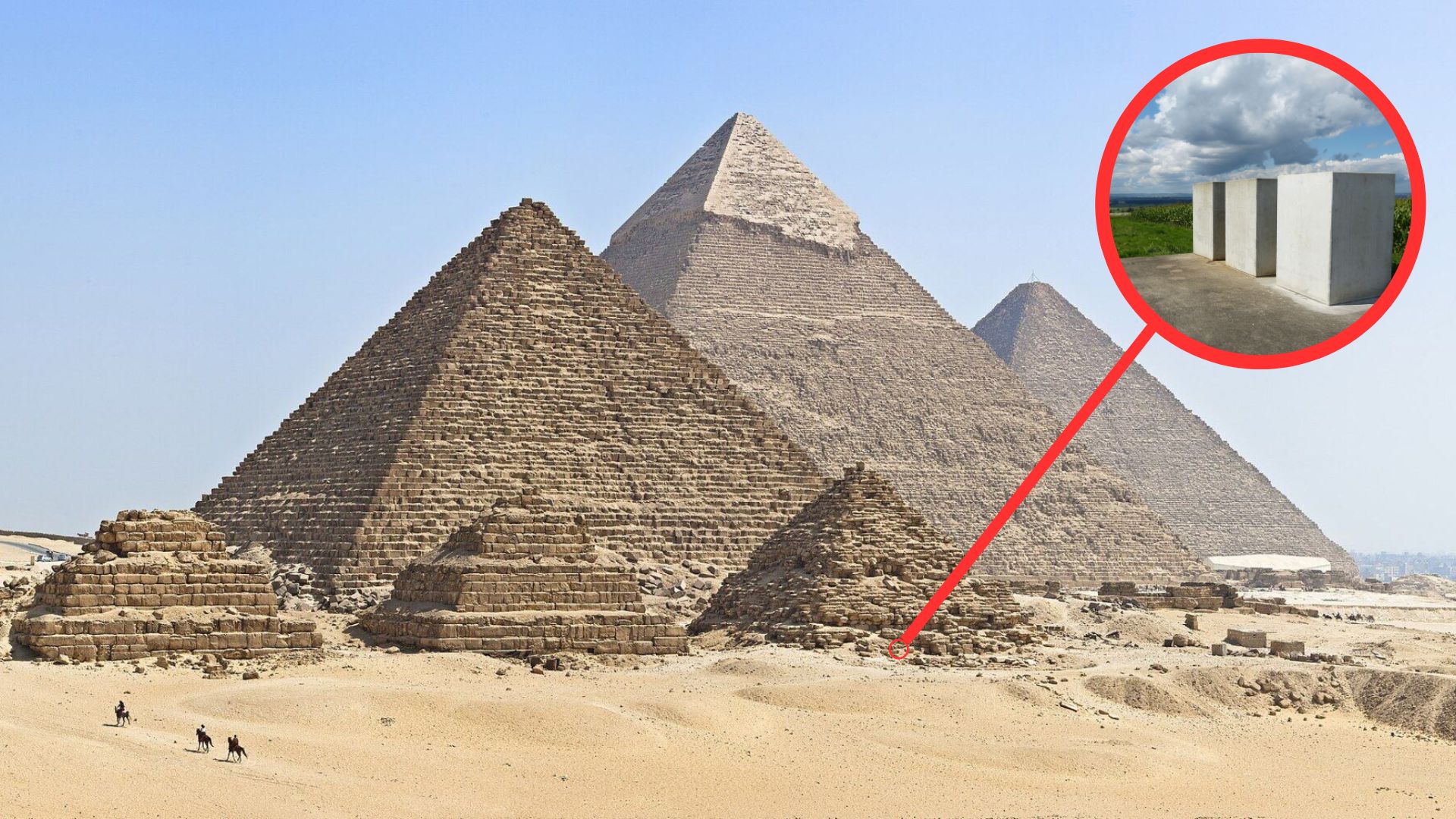Deep in southern Germany, a fascinating, community-funded project is underway. The Time Pyramid is starting to take shape, block by block, and will be over the course of the next thousand years.
This ambitious project is certainly exciting, though it also has people wondering — can we truly count on future generations to keep it going? Beyond that, how will these colossal concrete blocks withstand the test of time, enduring a thousand years of weather, and who knows what else?
The pyramid idea started as a heartfelt tribute to the 1200th anniversary of Wemding, a charming town nestled in Bavaria. The project was conceived by artist Manfred Laber.
Since the early 1990s, he’s been on a mission to place, and eventually enlist successors to place, a single fresh concrete block every decade for the next 1,200 years, representing the lifetime of Wemding. The structure will eventually take the form of a four-tier pyramid. After about 600 years, builders will face the unique challenge of adding additional blocks atop the existing ones. It’s an extraordinary idea that will unfold slowly, though Laber is confident in it.
Every concrete block is shaped as a sturdy rectangular prism with a base measuring approximately 4×4 feet and towering to a height of around 6 feet. With dimensions like this, each block weighs a staggering six tons.
As of now, the blocks remain unsealed and untreated. It’s basic concrete at most. This is why some people are concerned about the long-term implications, as concrete is known for its absorbent nature. Over time, this may be an issue.
As pointed out by Malone Post, not even modern sealants can withstand a millennium. The challenges of preserving these blocks for this long requires careful consideration.
Interestingly, throughout history, we’ve seen many concrete and cement derivatives with remarkable durability, withstanding the test of time for thousands of years. Just look at ancient Roman structures. Engineers clearly discovered ways to enhance the water resistance of their cement using their basic chemical understandings.
Another example is the pyramids at Giza. Although they stand today as bare stones, they were once shielded by a layer of mortar and mosaic stones for additional weather protection. Some experts revealed that the ancient Chinese would often use mortar with one unique ingredient — ground sticky rice.
So if history tells us anything, there is potential for long-lasting concrete structures, as long as we can take innovative approaches to protect them from deterioration.
Despite 1,200 years of Wemding, few buildings in the town were there are the beginning.
In the town square, you’ll find charming 17th-century Baroque buildings and an 18th-century ancient palace, as well a few half-timbered Bavarian-style buildings, some of which might even date as far back as the 15th century.
The ever-evolving Time Pyramid will receive its final block in the 31st century, and we can’t help but wonder what will remain of those existing structures when the time comes. It’ll be interesting to see how Wemding stands the test of time.
Perhaps the Time Pyramid will be the town’s sole legacy, bridging the past and the future, teaching new Wemding locals about their distant relatives.
Malone Post notes that while the pyramid’s design has to use blocks with uniform dimensions, it does not stipulate that all blocks must be made solely of concrete. This means that there is plenty of room for futuristic building materials that may offer advantages in terms of quality, durability, aesthetics, and cost-effectiveness, depending on who calls the shots in each respective era.
As of now, the addition of the next concrete block is scheduled for 2023.
As for sealants, there might be plans to implement them retrospectively, so future builders can make adjustments and improvements along the way. Hopefully, this flexible approach can better ensure the preservation of the pyramid in the long run.
For the time being, who knows what innovative techniques or materials may emerge in the coming centuries? We can only hope that the creativity and adaptability of future generations lead to the success of this long-term project.


































































